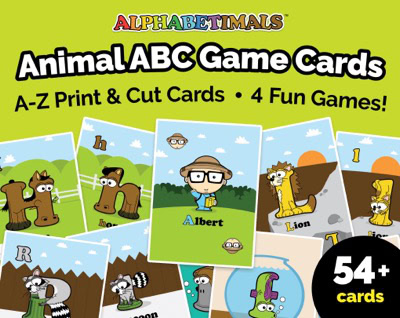
Centipedes are long, many‑legged animals that love dark, damp places. They move fast and use their legs to hunt tiny bugs. Some centipedes even have tiny pinchers that help them catch their dinner. Kids love watching them curl up or scurry around!
Watch a Centipede in Action!
See how a centipede moves all its legs at once to glide across the ground. It’s like watching a living train of legs!
What Is a Centipede?
Centipedes are small animals that are not insects, but arthropods. They have many pairs of legs—usually one pair per body segment.
- They have a long, flat body divided into many segments.
- Each segment has exactly one pair of legs.
- They use venom to catch small prey like bugs.
- They like dark, wet places like under logs.
Where Do Centipedes Live?
Centipedes live in cool, damp spots almost everywhere on Earth. They are most often found:
- Under rocks, logs, and leaves in forests.
- In gardens, flower pots, and basements at home.
- In tunnels underground or under wood piles.
What Do Centipedes Eat?
Centipedes are meat‑eaters. They hunt small creatures and use their venom to eat them:
- Earthworms
- Insects like flies and beetles
- Spiders
How Big Is a Centipede?
Centipedes come in different sizes. Here are some examples:
- Common house centipedes are about 5 cm (2 in) long—about the size of a child’s finger.
- Giant centipedes in warm places can grow up to 30 cm (12 in)—about as long as a ruler and your notebook together.
What Sound Do Centipedes Make?
Centipedes do not make loud noises. Sometimes you might hear a little rustling when they walk or a soft hissing if they feel scared.
Cool Centipede Facts
Here are some fun and amazing things about centipedes:
- They can have 15–177 pairs of legs, depending on the species.
- Some centipedes can live for 5–6 years.
- They hunt at night and hide during the day.
- They use venom to catch prey—but most centipedes are not harmful to people.
- They can regenerate lost legs over time.
- They breathe through little holes along their sides.
- Some large centipedes can run very fast—up to 0.3 m/s!
Printables and Coloring Fun
Time for creative fun with centipedes!
Centipedes in the Eco‑System
Centipedes help keep nature healthy in many ways:
- They eat pests like insects, helping gardens stay safe.
- They are food for larger animals like birds and frogs.
- They do not have endangered numbers; they are common and not at risk.
Ask a Grown‑Up to Help You Learn More
These sites have more easy‑to‑read facts about centipedes:
- National Geographic: Centipede
- Wikipedia – Centipede
- Britannica – Centipede | Definition, Types, & Facts
Fun Questions About Centipedes
Yes, but most bites are mild and only happen if they feel scared.
They usually have between 30 and 354 legs, but always an odd number of pairs.
Sometimes, especially in damp areas like basements or under sinks.
No, they are arthropods but not insects—they’re in their own group called myriapods.
Some can live up to 6 years in warm, safe places.
They can’t hear like us—they sense things by feeling vibrations.
Most cannot swim, but they can crawl into wet places and survive.
They use venom to catch and eat other small animals.
No, but some insects glow—centipedes do not.
Some can run as fast as 0.3 m/s, like a slow crawl.
Ways to Donate and Support Centipedes
You can help centipedes by protecting their homes—like gardens and forests—so they stay safe and healthy.
Sources: Wikipedia, Live Science, Creative Commons, Britannica.com and Freesound.org

Alphabetical list of animals that start with C
A full alphabetical list of popular animals that start with the letter C for toddlers and preschool kids.
- Caiman
- Camel
- Capybara
- Caracal
- Cassowary
- Cat
- Caterpillar
- Catfish
- Centipede
- Chameleon
- Cheetah
- Chicken
- Chimpanzee
- Chinchilla
- Chipmunk
- Cicada
- Civet
- Clown Fish
- Coati
- Cobra
- Cockroach
- Coral
- Cougar
- Cow
- Coyote
- Crab
- Crane
- Crocodile
- Cuttlefish
Which one should be the next Alphabetimal? Let us know on our facebook page.
All animals A-Z
Animal phonics alphabet
Animals that start with common phonics digraphs
Animal facts for kids
Other animal collections
Try our Printable Alphabet Worksheets! Download a FREE SAMPLE or preview all 200+ on Etsy.com or TeachersPayTeachers.com



